
The Stabat Mater is a 13th-century Christian hymn to the Virgin Mary that portrays her suffering as mother during the crucifixion of her son Jesus Christ. Its author may be either the Franciscan friar Jacopone da Todi or Pope Innocent III. The title comes from its first line, "Stabat Mater dolorosa", which means "the sorrowful mother was standing".
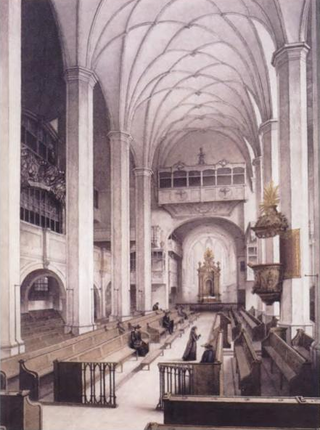
Ach Gott, wie manches Herzeleid, BWV 3, is a church cantata by Johann Sebastian Bach. He composed the chorale cantata in Leipzig for the Second Sunday after Epiphany and first performed it on 14 January 1725. It is based on the hymn published by Martin Moller in 1587.
"O Salutaris Hostia" is section of one of the Eucharistic hymns written by Thomas Aquinas for the Feast of Corpus Christi and the Hour of Lauds in the Divine Office. It is actually the last two stanzas of the hymn Verbum supernum prodiens and is used for the Adoration of the Blessed Sacrament. The other two hymns written by Aquinas for the Feast contain the famous sections Panis angelicus and Tantum ergo.

Karol Szymanowski's Stała matka bolejąca , Op. 53, was composed in 1925 and 1926. Scored for soprano, alto and baritone soloists, SATB choir and orchestra, it sets Jozef Janowski's Polish translation of the Marian hymn in six movements. His first composition to a liturgical text, it is characteristic of his late period in being partly based on Polish melodies and rhythms; a stay in the Tatras mountains, at Zakopane, in 1922 had led him to describe Polish folk music as "enlivening [in] its proximity to Nature, [in] its force, [in] its directness of feeling, [in] its undisturbed racial purity." Indeed, Szymanowski's use of Polish musical elements together with the Polish translation here is unique.

Stabat Mater is a musical setting of the Stabat Mater sequence composed by Arvo Pärt in 1985, a commission of the Alban Berg Foundation. The piece is scored for a trio of singers: soprano, alto, and tenor; and a trio of string instruments: violin, viola, and violoncello; it has a duration of approximately 24 minutes. A version with expanded forces was premiered on 12 June 2008 at the Großer Musikvereinssaal during the Wiener Festwochen 2008 with Kristjan Järvi conducting the Singverein der Gesellschaft der Musikfreunde in Wien and the Tonkünstler-Orchester Niederösterreich. This new version was commissioned by the Tonkünstler-Orchester. Stabat Mater is composed in Pärt's characteristic tintinnabuli style in which arpeggiations of a major or minor triad are combined with ascending or descending diatonic scales.
Stabat Mater, FP 148, is a musical setting of the Stabat Mater sequence composed by Francis Poulenc in 1950.
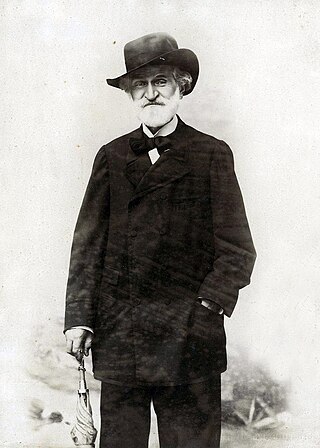
The Quattro pezzi sacri are choral works by Giuseppe Verdi. Written separately during the last decades of the composer's life and with different origins and purposes, they were nevertheless published together in 1898 by Casa Ricordi. They are often performed as a cycle, not in chronological sequence of their composition, but in the sequence used in the Ricordi publication:
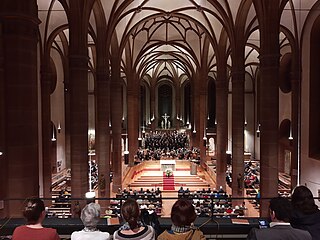
Antonín Dvořák's Stabat Mater, Op. 58 (B. 71), is an extended setting for vocal soloists, choir and orchestra of the 20 stanzas of the Stabat Mater sequence. Dvořák sketched the composition in 1876 and completed it in 1877. It has been characterized as a sacred cantata and as an oratorio, and consists of ten movements of which only the first and the last are thematically connected. Its total performance time is around 85 minutes.
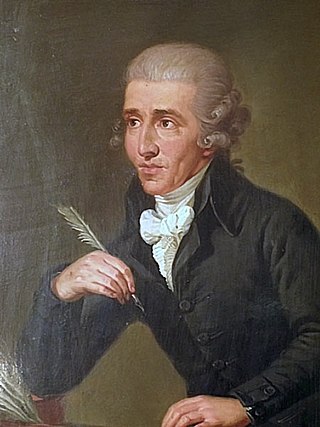
Joseph Haydn's Stabat Mater, Hob. XXa:1, is a setting of the Stabat Mater sequence, written in 1767 for soloists, mixed choir and an orchestra of oboe, strings and continuo. The first performance is believed to have taken place on 17 March 1767 at the Esterhazy court.
Tilge, Höchster, meine Sünden, BWV 1083, is a sacred vocal composition by Johann Sebastian Bach. It is an arrangement that Bach made in the 1740s of Pergolesi's Stabat Mater from 1736, slightly expanding the orchestral material. He used a German paraphrase of Psalm 51 as text for his composition. While Bach named the work a Motetto in the autograph, it is rather a psalm cantata, scored for soprano and alto voices, strings and basso continuo. Some of the 14 movements have become traditionally sung by a two-part choir. The work was first published by Hänssler in 1962, and in a critical edition, based on Bach's performance material found only later, by Carus-Verlag in 1989. The work is interesting to scholars as an example how Bach edited music from a different tradition.
Most of Johann Sebastian Bach's extant church music in Latin—settings of the Mass ordinary and of the Magnificat canticle—dates from his Leipzig period (1723–50). Bach started to assimilate and expand compositions on a Latin text by other composers before his tenure as Thomaskantor in Leipzig, and he continued to do so after he had taken up that post. The text of some of these examples by other composers was a mixture of German and Latin: also Bach contributed a few works employing both languages in the same composition, for example his early Kyrie "Christe, du Lamm Gottes".

Stabat Mater (P.77) is a musical setting of the Stabat Mater sequence, composed by Giovanni Battista Pergolesi in 1736. Composed in the final weeks of Pergolesi's life, it is scored for soprano and alto soloists, violin I and II, viola and basso continuo.

Stabat Mater in F minor, D 383, is a musical setting of the Stabat Mater sequence, composed by Franz Schubert in 1816. It is scored for soprano, tenor and bass soloists, SATB choir, 2 flutes, 2 oboes, 2 bassoons, contrabassoon, 2 french horns, 3 trombones, violin I and II, viola, cello and double bass.

The Magnificat in C major, D 486, is a musical setting of the Magnificat hymn composed by Franz Schubert in 1816. It is scored for SATB soloists, mixed choir, 2 oboes, 2 bassoons, 2 trumpets, violin I and II, viola, timpani and basso continuo.

The Deutsche Messe, D 872, is a hymn-cycle by Franz Schubert written in 1827. Neither a Mass nor strictly speaking German, it was published in Vienna as what it is: Gesänge zur Feier des heiligen Opfers der Messe. It sets a sequence of eight non-liturgical German poems by Johann Philipp Neumann, who commissioned Schubert's music, one or more of which could be used separately during Mass. A ninth hymn, given as an appendix, treats the Lord's Prayer, bringing the length to about 35 minutes when the music is performed, as it often now is, as one big concert work.

Mass No. 1 in F major, D 105, is a Mass composed by Franz Schubert in 1814. It is scored for two soprano soloists, two tenor soloists, alto and bass soloists, SATB choir, oboe, clarinet, bassoon, 2 horns, violin I and II, viola, and basso continuo. It was the first of Schubert's Masses to be performed, and is of the missa solemnis type.

Mass No. 4 in C major, D 452, is a mass composed by Franz Schubert in 1816. It was originally scored for soprano, alto, tenor and bass soloists, SATB choir, violin I and II, and basso continuo. It is classified as a missa solemnis.

Mass No. 5 in A-flat major, D 678, is a mass composed by Franz Schubert, completed in 1822. There is no record of a performance during Schubert's lifetime. It is scored for soprano, alto, tenor and bass soloists, SATB choir with divisi, violin I and II, viola, flute, 2 oboes, 2 clarinets, 2 bassoons, 2 horns, 2 trumpets, 3 trombones colla parte, timpani and basso continuo. It is classified as a missa solemnis.
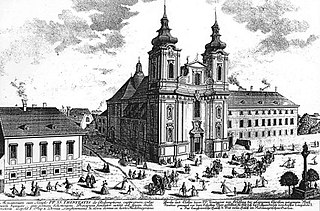
Mass No. 6 in E-flat major, D 950, is a mass composed by Franz Schubert, a few months before his death. It is scored for two tenor soloists, soprano, alto and bass soloists, SATB choir with divisi, 2 oboes, 2 clarinets, 2 bassoons, 2 horns, 2 trumpets, 3 trombones, timpani, violin I and II, viola, cello, and double bass. It was Schubert's final setting of the order of Mass, and is classified as a missa solemnis.














